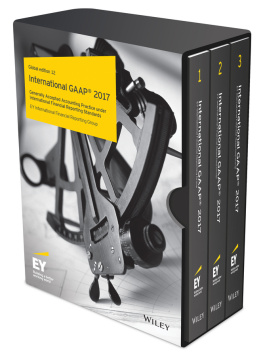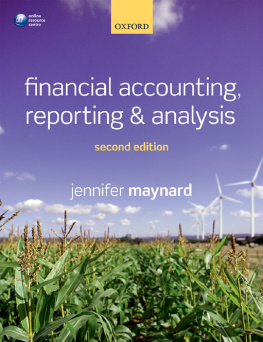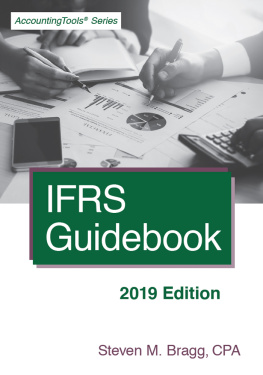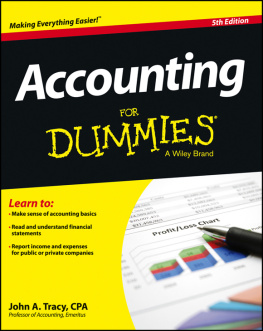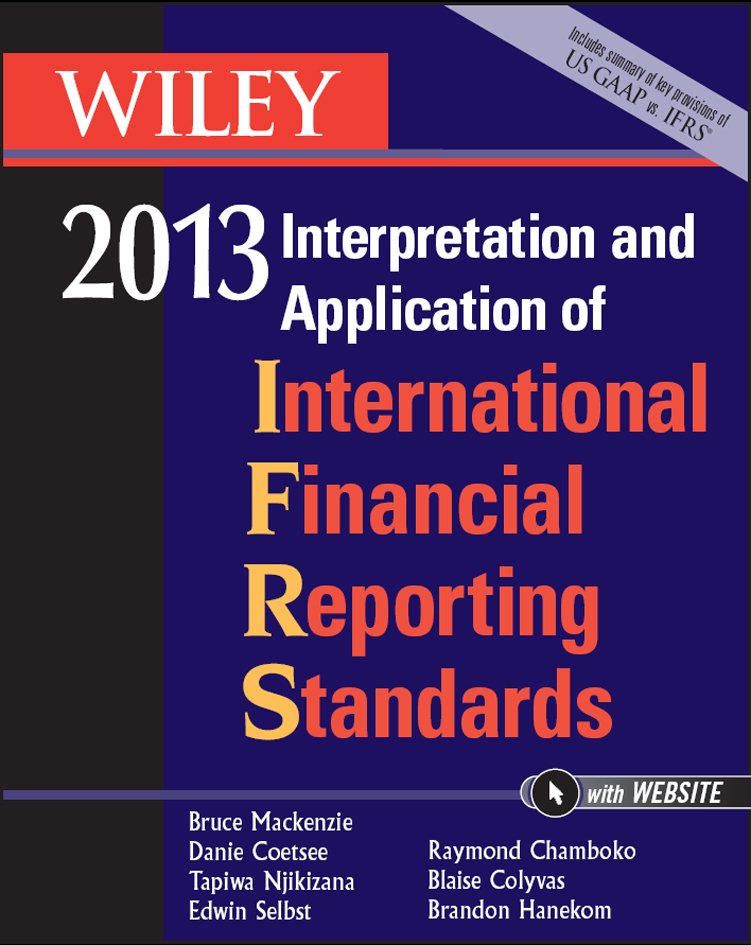Contents
BECOME A SUBSCRIBER!
Did you purchase this product from a bookstore?
If you did, its important for you to become a subscriber. John Wiley & Sons, Inc. may publish, on a periodic basis, supplements and new editions to reflect the latest changes in the subject matter that you need to know in order stay competitive in this ever-changing industry. By contacting the Wiley office nearest you, youll receive any current update at no additional charge. In addition, youll receive future updates and revised or related volumes on a 30-day examination review.
If you purchased this product directly from John Wiley & Sons, Inc., we have already recorded your subscription for this update service.
To become a subscriber, please call 1-877-762-2974 or send your name, company name (if applicable), address, and the title of the product to:
mailing address:
Supplement Department
John Wiley & Sons, Inc .
One Wiley Drive
Somerset, NJ 08875
e-mail:
fax: 1-732-302-2300
online: www.wiley.com
For customers outside the United States, please contact the Wiley office nearest you:
Professional & Reference Division
John Wiley & Sons Canada, Ltd.
22 Worcester Road
Etobicoke, Ontario M9W 1L1
CANADA
Phone: 416-236-4433
Phone: 1-800-567-4797
Fax: 416-236-4447
E-mail:
John Wiley & Sons Australia, Ltd.
33 Park Road
P.O. Box 1226
Milton, Queensland 4064
AUSTRALIA
Phone: 61-7-3859-9755
Fax: 61-7-3859-9715
E-mail:
John Wiley & Sons, Ltd.
The Atrium
Southern Gate, Chichester
West Sussex, PO19 8SQ
ENGLAND
Phone: 44-1243-779777
Fax: 44-1243-775878
E-mail:
John Wiley & Sons (Asia) Pte. Ltd.
2 Clementi Loop #02-01
SINGAPORE 129809
Phone: 65-64632400
Fax: 65-64634604/5/6
Customer Service: 65-64604280
E-mail:

Copyright 2013 by John Wiley & Sons, Inc. All rights reserved.
Published by John Wiley & Sons, Inc., Hoboken, New Jersey.
Published simultaneously in Canada.
No part of this publication may be reproduced, stored in a retrieval system, or transmitted in any form or by any means, electronic, mechanical, photocopying, recording, scanning, or otherwise, except as permitted under Section 107 or 108 of the 1976 United States Copyright Act, without either the prior written permission of the Publisher, or authorization through payment of the appropriate per-copy fee to the Copyright Clearance Center, 222 Rosewood Drive, Danvers, MA 01923, (978)750-8400, fax (978)646-8600, or on the Web at www.copyright.com . Requests to the Publisher for permission should be addressed to the Permissions Department, John Wiley & Sons, Inc., 111 River Street, Hoboken, NJ 07030, (201)748-6011, fax (201)748-6008, or online at http://www.wiley.com/go/permission .
Limit of Liability/Disclaimer of Warranty: While the publisher and author have used their best efforts in preparing this book, they make no representations or warranties with respect to the accuracy or completeness of the contents of this book and specifically disclaim any implied warranties of merchantability or fitness for a particular purpose. No warranty may be created or extended by sales representatives or written sales materials. The advice and strategies contained herein may not be suitable for your situation. You should consult with a professional where appropriate. Neither the publisher nor author shall be liable for any loss of profit or any other commercial damages, including but not limited to special, incidental, consequential, or other damages.
For general information on our other products and services, please contact our Customer Care Department within the United States at 800-762-2974, outside the United States at 317-572-3993 or fax 317-572-4002.
Wiley also publishes its books in a variety of electronic formats. Some content that appears in print may not be available in electronic books. For more information about Wiley products, visit our website at www.wiley.com .
ISBN: 978-1-118-27727-0 (paperback); 978-1-118-41979-3 (ebk); 978-1-118-42123-9 (ebk); 978-1-118-64016-6 (ebk)
Trademarks: Wiley and the Wiley Publishing logo are trademarks of John Wiley and Sons, Inc. and/or its affiliates in the United States and/or other countries, and may not be used without written permission. IFRS is a registered trademark of The International Accounting Standards Board. All other trademarks are the property of their respective owners. Wiley Publishing, Inc. is not associated with any product or vendor mentioned in this book.
PREFACE
This edition of IFRS: Interpretation and Application of International Financial Reporting Standards provides detailed, analytical explanations and illustrations of all current accounting principles promulgated by the IASB that are applicable to the 2013 financial reporting period of reporting entities. The focus of the book is to provide sufficient guidelines for entities that prepare their 2013 financial statements. New developments that are applicable to periods after 2013 are identified and briefly discussed separately from the main text in each chapter.
The book integrates the accounting principles set out in International Financial Reporting Standards (IFRS) including Interpretations issued by the IFRS Interpretations Committee. These materials have been synthesized into a user-oriented topical format, eliminating the need for readers to first be familiar with the names or numbers of the salient professional standards.
The stated goal of the IFRS Foundation and the IASB is to develop, in the public interest, a single set of high-quality, understandable, enforceable, and globally accepted financial reporting standards based upon clearly articulated principles. More and more global economies are adopting IFRS. In fact, the IASB acknowledges that all major economies have established time lines to converge with or adopt IFRS in the near future. The US Securities and Exchange Commission is also in the process of making a decision whether to phase out US GAAP in favor of IFRS.
The primary objective of this book is to assist the practitioner, user, or preparer in navigating the myriad practical problems faced in applying IFRS. Accordingly, the paramount goal has been to incorporate meaningful, real-world-type examples in guiding users in the application of IFRS to the complex fact situations that must be dealt with in the actual practice of accounting. In addition to this emphasis, a major strength of this book is that it does explain the theory of IFRS in sufficient detail to serve as a valuable adjunct to, or substitute for, accounting textbooks. Much more than a reiteration of currently promulgated IFRS, it provides the user with an understanding of the underlying conceptual basis for the rules, to enable the reasoning by analogy that is so necessary in dealing with a complex, fast-changing world of commercial arrangements and structures using principles-based standards. Since IFRS is by design less prescriptive than many national GAAP, practitioners have been left with a proportionately greater challenge in actually applying the rules. This book is designed to bridge the gap between these less detailed standards and application problems encountered in practice.



